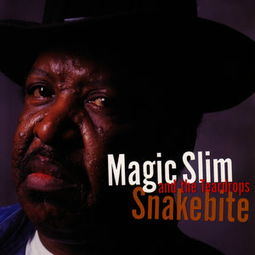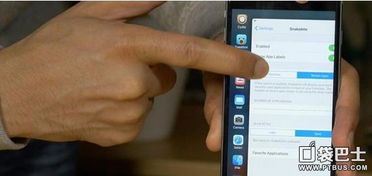
Snake Bite Pictures: A Comprehensive Guide
Snake bites can be a terrifying and life-threatening experience. Recognizing the signs and symptoms, as well as understanding the types of snakes and their venom, is crucial for effective treatment. In this article, we will delve into the world of snake bite pictures, providing you with a detailed and multi-dimensional introduction to help you identify and understand these dangerous encounters.
Understanding Snake Bites

A snake bite occurs when a snake injects venom into a person’s body. The venom can cause a range of symptoms, from mild to severe, and can even be fatal. It’s important to note that not all snake bites are venomous, but even non-venomous snake bites can cause serious injury and infection.
Snake bites can be categorized into two types: envenomated and non-envenomated. Envenomated snake bites involve the injection of venom, while non-envenomated snake bites do not. The severity of the bite depends on the type of snake, the amount of venom injected, and the individual’s immune response.
Common Symptoms of Snake Bites

Recognizing the symptoms of a snake bite is crucial for prompt medical attention. Common symptoms include:
- Pain at the bite site
- Swelling and redness around the bite
- Nausea and vomiting
- Diarrhea
- Difficulty breathing
- Severe weakness
- Confusion or disorientation
In some cases, the symptoms may not appear immediately. It’s important to seek medical attention as soon as possible, even if you’re unsure whether the bite was venomous or not.
Identifying Snake Bites with Pictures

Identifying a snake bite can be challenging, especially if you’re not familiar with the local snake species. However, there are several key features that can help you recognize a snake bite:
- Wounds: Snake bites typically leave a pair of puncture wounds, rather than a single wound. The wounds may be small and may not bleed much.
- Swelling: Swelling may occur around the bite site, and it may spread quickly.
- Redness: The area around the bite may become red and inflamed.
- Other signs: In some cases, you may see fang marks, a trail of venom, or a snake’s head or body nearby.
Below are some examples of snake bite pictures to help you identify the signs and symptoms:
| Snake Bite Picture | Description |
|---|---|
|
|
Puncture wounds with minimal bleeding and slight swelling. |
|
|
Severe swelling and redness around the bite site. |
|
|
Fang marks and a trail of venom visible. |
Types of Snakes and Their Venom
There are many different types of snakes, each with its own unique venom composition and potential effects on humans. Here are some of the most common venomous snake species:
- Cobras: Known for their hood and potent venom, cobras can cause severe tissue damage and organ failure.
- adders: Adders have a neurotoxic venom that can lead to paralysis and respiratory failure.
- rattlesnakes: Rattlesnakes have hemotoxic venom that can cause blood clotting disorders and tissue damage.
- coral snakes: Coral snakes have a potent neurotoxic venom that can cause muscle paralysis and respiratory failure.
Understanding the type of snake that caused the bite is crucial for effective treatment.








